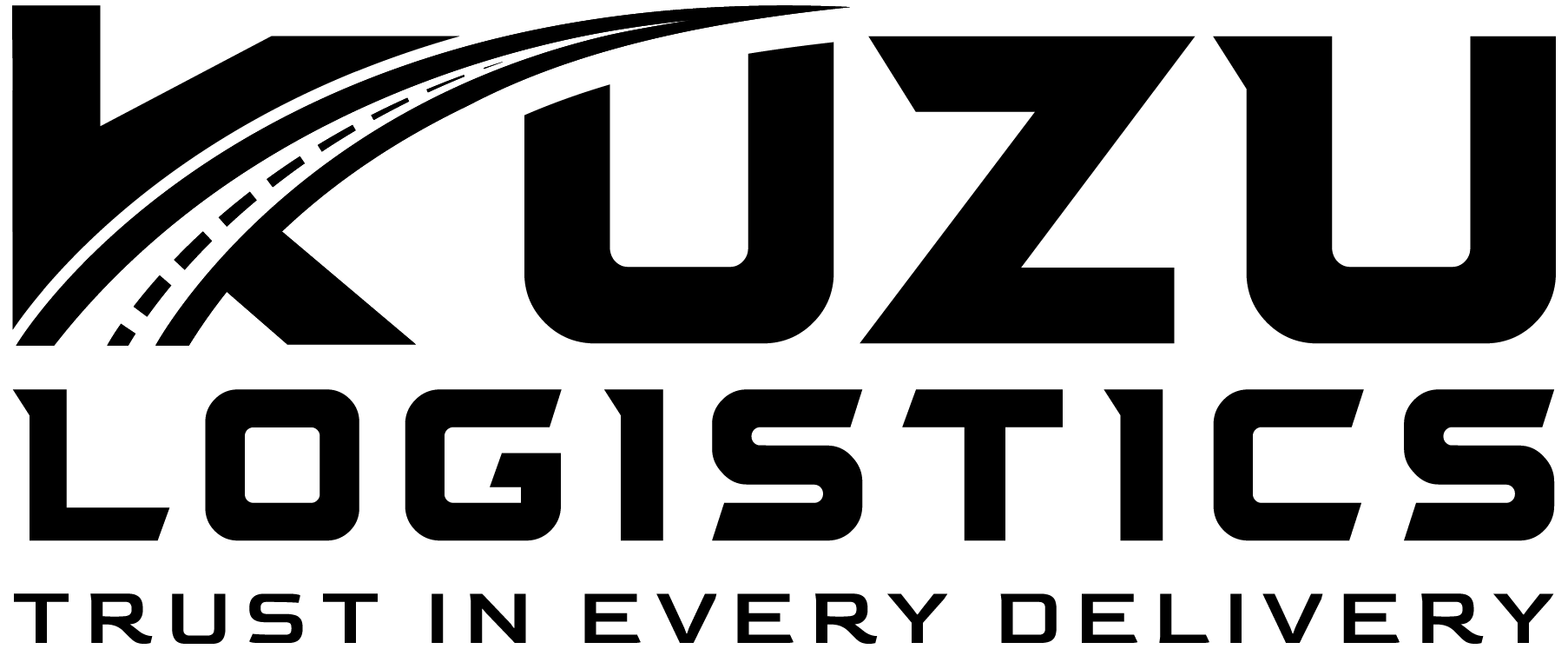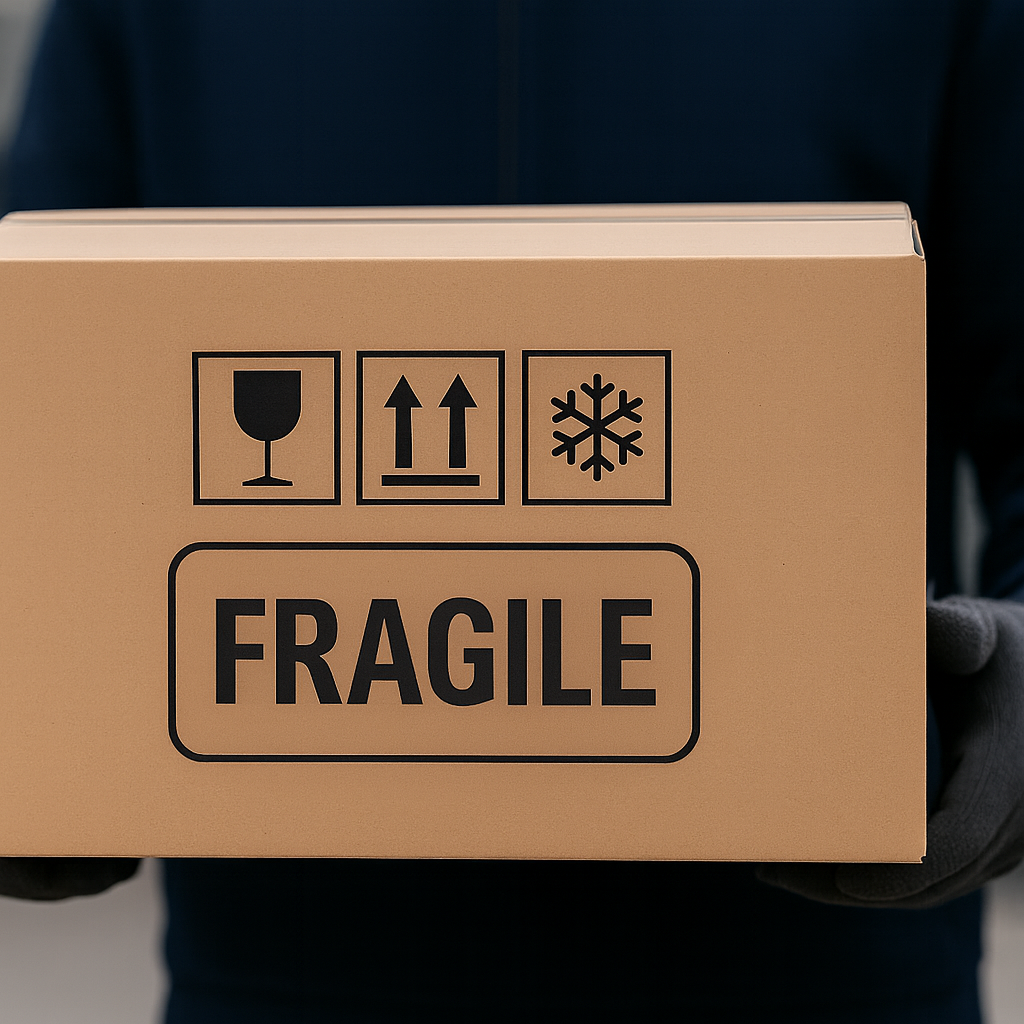

Transporting sensitive goods is a unique challenge. Whether it involves pharmaceutical products, medical samples or fresh food, even the smallest deviation in temperature, handling or delivery time can compromise the quality and safety of the shipment.
To transport such goods reliably, you need more than a standard delivery service. A well-thought-out logistics strategy is the key to safety, efficiency and customer satisfaction.
In this article, you will learn step-by-step how to develop a successful strategy for sensitive goods – and what really matters.
Before any vehicle moves, you must know exactly what is being transported. This includes details such as temperature range, sensitivity to vibrations, shelf life and delivery urgency. The recipient type also matters. A pharmacy will have different requirements to a laboratory or a wholesaler.
The more precisely the requirements are documented, the easier it is to select the right logistics partner and transport solution.
Not every logistics provider can handle sensitive goods properly. Industry expertise, experience and the right equipment are crucial. Look for certifications such as GDP for pharmaceutical transport, a suitable fleet with cooling systems and tail lifts, as well as trained personnel.
KUZU LOGISTICS, for example, specialises in exactly this type of sensitive transportation.
A carefully planned route is essential to keep delivery times and minimise risks. This is not just about choosing the shortest path, but also considering traffic conditions, recipient time windows and possible stopovers.
The better the tour is planned, the lower the risk of delays or unnecessary waiting times.
For many sensitive goods, maintaining a specific temperature is a legal requirement. Modern vehicles are equipped with sensors and digital systems that record temperature data continuously. These records are essential for quality assurance and can be used in case of inspections or complaints.
A reliable partner ensures that this data is accessible at all times.
Even the best equipment is useless without well-trained staff. Drivers handling sensitive goods must know how to secure loads, the correct unloading procedures and how to communicate with recipients.
A respectful and professional appearance on-site plays a big role in the overall impression.
In logistics, not everything always goes according to plan. What matters is how quickly and transparently a service provider responds to unforeseen events. A good partner proactively informs clients of delays and has clear procedures in place to minimise disruptions.
This ensures the supply chain remains stable even when problems occur.
A successful logistics strategy is never finished. Regular evaluations, recipient feedback and the analysis of performance metrics help identify weaknesses and make continuous improvements.
This turns a functional solution into a real competitive advantage.
Transporting sensitive goods requires more than just a vehicle and a driver. It demands planning, specialist knowledge and the willingness to take responsibility.
By following these seven steps, you create a strong foundation for a safe, efficient and reliable supply chain – and earn the trust of your customers.
KUZU LOGISTICS offers tailored solutions for these exact needs individual, dependable and committed to delivering every shipment in the safest way possible.